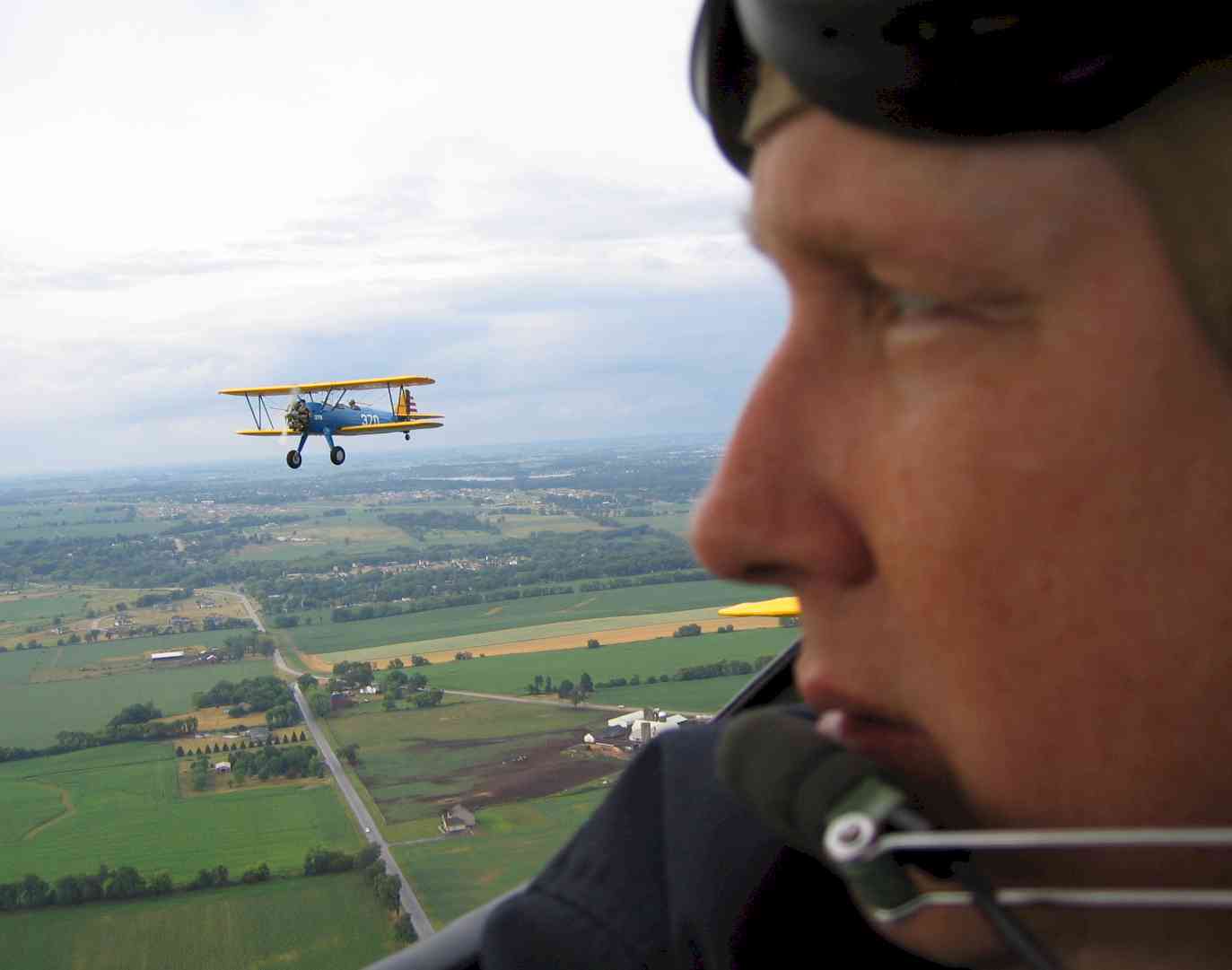I love the idea of VLJs (Very Light Jets), and I hope they catch on. The people who will determine how successful they are will be the passengers who want to fly without the hassle of driving to the airport, checking their bags, standing in long lines, suffering the ignominy of going through the TSA’s latest version of “security screening,” waiting to board the airplane, shuffling down a long and crowded jetway, finding their seat, waiting for the plane to take off, sitting for hours in a center seat between two horizontally-challenged people, connecting to another packed flight in another city; then, at their destination city, walking a half-mile to collect their bags, finding a taxi or rental car, and driving the rest of the way to their destination.
VLJs offer the vision of direct service, virtually between any place and any other place in the country. (Cue the singing angels.) Can you imagine NO lines, NO crowds, easy and expedited security procedures, a two-minute boarding process, and your own large, comfy leather seat with your own armrests?
Today, if you live in, say, Moline, Illinois, and you have a meeting in, say, Las Cruces, New Mexico, you have a very long day of travel ahead of you. You’ll have to drive or fly to Chicago (three hours, either way you do it), then fly to El Paso, Texas (not a direct flight in most cases), then you must rent a car and drive for an hour to get where you need to be in Las Cruces. Expect the whole process to take twelve to fourteen hours, assuming that everything goes perfectly. A VLJ, on the other hand, could pick you up at the local airport in Moline and make the trip to the Las Cruces airport in three hours, tops. Pick any two U.S. towns with a public airport with 4000 feet of runway, and a VLJ can connect them, usually with a maximum of only one fuel stop. There are less than 200 large, commercial airports in the USA, and there are more than 10,000 airports that can be used by a VLJ. Any questions?
The three front-runners in the VLJ manufacturing race are the Eclipse 500, the Cessna Citation Mustang, and the Adam 700, each of which is in the flight test phase. These airplanes are poised to receive FAA certification in the next 18-24 months. Each has 4-6 comfortable passenger seats, a crew of two pilots, and a range of somewhere around 1,300 miles.
Already, several “on-demand air taxi” (ODAT?) companies have sprung up, with plans to purchase one or more of the three models. One of the first companies, Pogo, was created by American Airlines ex-CEO Robert Crandall and People Express founder Donald Burr, and is expected to begin flying the Eclipse 500 in the next two years. Another one, DayJet, may begin service as early as 2006, serving small and mid-sized markets that are underserved by the airlines.
There are several other companies with the same sorts of business plans, and at least three other VLJ designs in the construction and flight test phase, including the futuristic-looking HondaJet. These are truly exciting times in aviation. Stay tuned for more.
About Me

- Buck Wyndham
- I'm a professional pilot, videographer, writer and entrepreneur. I'm also a fan of technology used for good, not evil. I think uplifting music, photography, and video just might be able to save the world.
